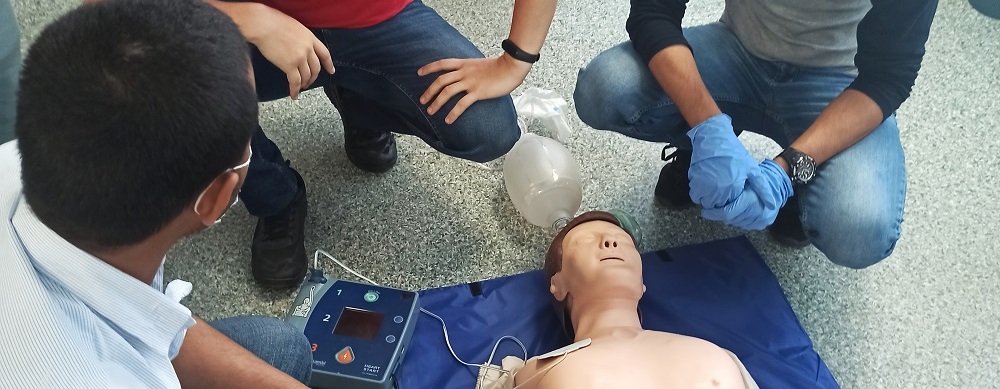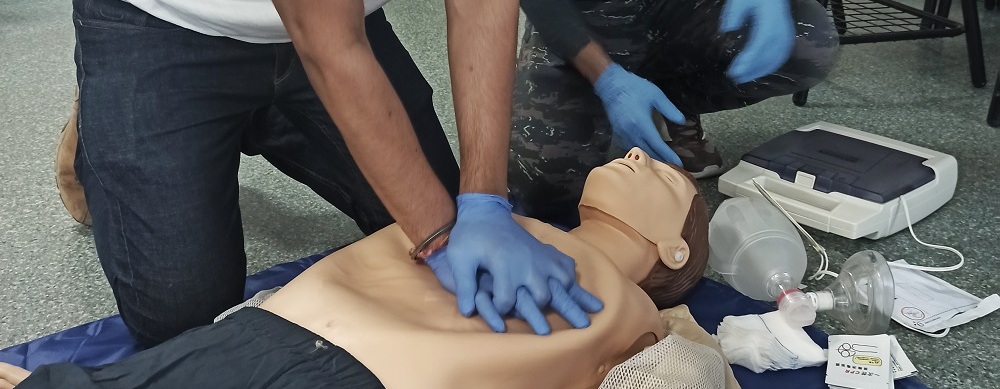Epilepsy is a neurological disorder characterized by recurrent seizures. Understanding how to assist someone with epilepsy is crucial for their…
Learn MoreBasic Life Support (BLS): chain of survival
Basic Life Support Protocol or Basic Life Support (BLS) is an emergency first aid algorithm designed to dramatically increase the chances of saving a victim’s life by implementing steps called the “chain of survival”, which we will learn more about today.
The American Heart Organization and the European Resuscitation Counsil are directly involved in the development and collection of statistical information on the implementation of the Basic Life Support (BLS) protocol in the current version of the 2010 revision of the protocol (AHA: 2010 and ERC: 2010, respectively) include the following elements in the survival chain:
Early recognition and call for help – this element, which is part of the survival chain, is designed to check for consciousness, check and / or restore airway patency, unambiguously recognize respiratory arrest, and call the appropriate emergency services as soon as possible. Agree that the chances of survival of an injured person with respiratory arrest are much higher if the ambulance team has already managed to drive up to the house on an early call, and not just start its journey through the entire city.
Early cardiopulmonary resuscitation – this element of the survival chain allows you to buy time before the arrival of qualified medical professionals. Carrying out high-quality chest compressions and artificial lung ventilation allows you to maintain a minimum level of saturation of the heart and brain of the victim with oxygen, thereby preventing the brain from being destroyed by hypoxia. The sooner and the better the cardiopulmonary resuscitation (CPR) is performed on the patient with respiratory arrest, the higher the likelihood that the arriving ambulance team will be able to bring him back to life without damage to thinking and neurological deficits.
Early defibrillation – when breathing stops, the victim is very likely to develop cardiac fibrillation, which leads to a decrease in the quality of CPR. In this case, it may be necessary to perform cardiac defibrillation using an Automated External Defibrillator (AED or AED from Automated External Defibrillator). The goal of this stage of the survival chain is to connect the AED, analyze the victim’s heart rhythm, restart the heart by defibrillation (if necessary), and continue cardiopulmonary resuscitation. The use of AED significantly increases the victim’s chances of survival. In countries that practice open access of non-medical personnel to automated external defibrillators located in public places, an increase in the survival rate of patients with respiratory arrest (before the arrival of an ambulance) has been observed from 49 to 74%.
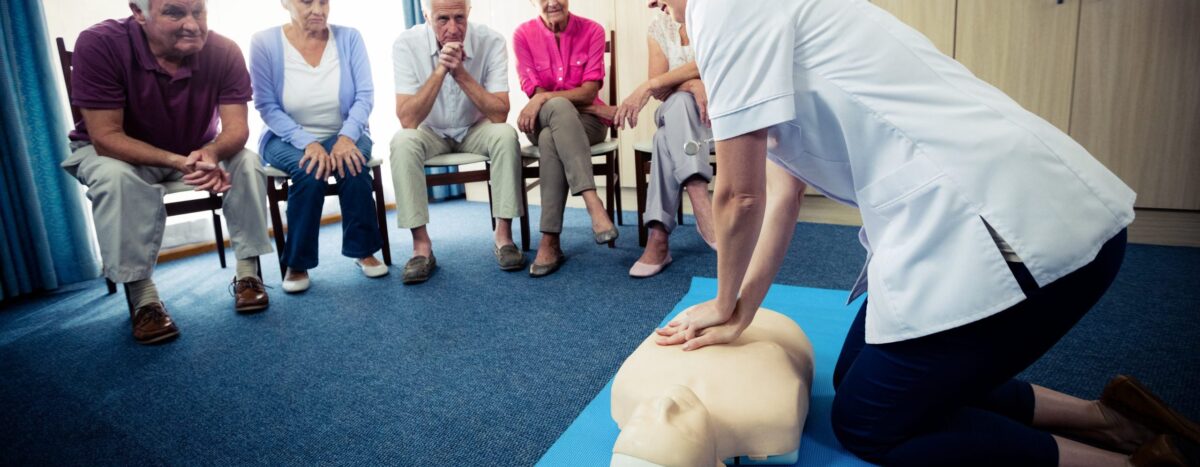
Fast delivery to the hospital – in the normal functioning of emergency services, this element of the survival chain will be implemented by already qualified medical personnel inside the ambulance on the way to the hospital. For doctors in this case, there is the Immediate Life Support (ILS) protocol, which requires the use of medical equipment and specific manipulations.
Postresuscitation care – this element, which is part of the survival chain, is aimed at restoring quality vital signs within a medical institution with the involvement of appropriate personnel and special means. The common people at this stage are either not involved at all, or follow the instructions of qualified medical personnel.
Integer tincidunt. Cras dapibus. Vivamus elementum semper nisi. Aenean vulputate eleifend tellus. Aenean leo ligula, porttitor eu, consequat vitae, eleifend ac, enim. Aliquam lorem ante, dapibus in, viverra quis, feugiat a, tellus. Phasellus viverra nulla ut metus varius laoreet. Quisque rutrum. Aenean imperdiet. Etiam ultricies nisi vel augue. Curabitur ullamcorper ultricies nisi. Nam eget dui. Etiam rhoncus. Maecenas tempus, tellus eget condimentum rhoncus, sem quam semper libero, sit amet adipiscing sem neque sed ipsum. Nam quam nunc, blandit vel, luctus pulvinar, hendrerit id, lorem. Maecenas nec odio et ante tincidunt tempus. Donec vitae sapien ut libero venenatis faucibus. Nullam quis ante. Etiam sit amet orci eget eros faucibus tincidunt. Duis leo. Sed fringilla mauris sit amet nibh. Donec sodales sagittis magna. Sed consequat, leo eget bibendum sodales, augue velit cursus nunc,

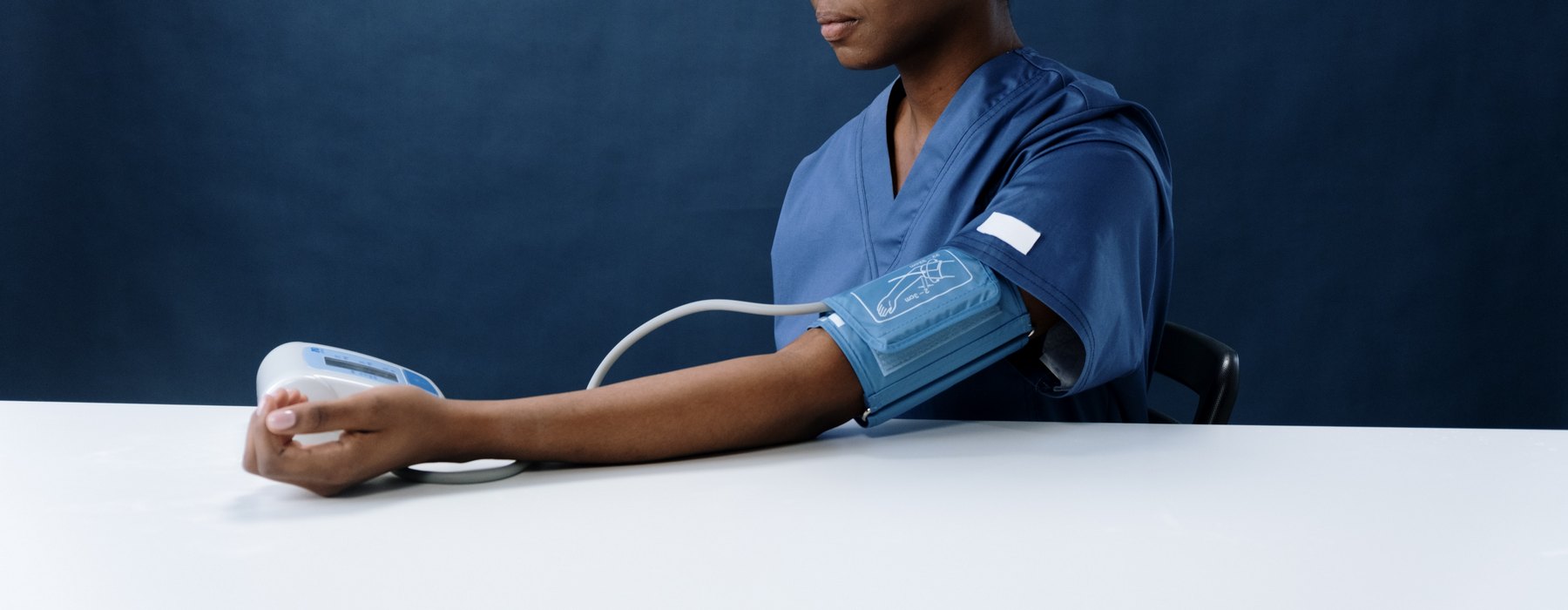

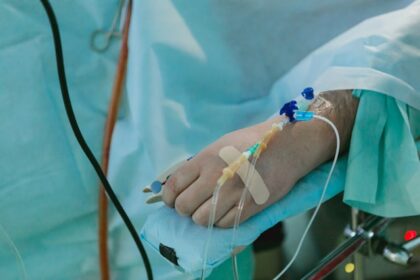
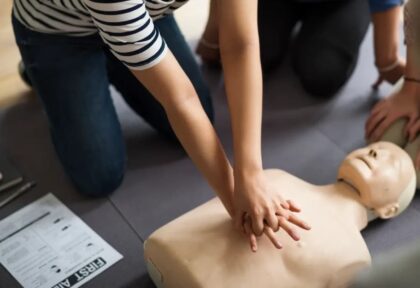

 Our partner is
Our partner is  Wide range of high-quality
Wide range of high-quality 






 More UK players are opting for
More UK players are opting for 